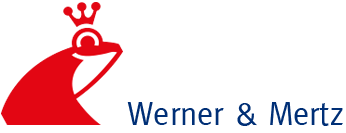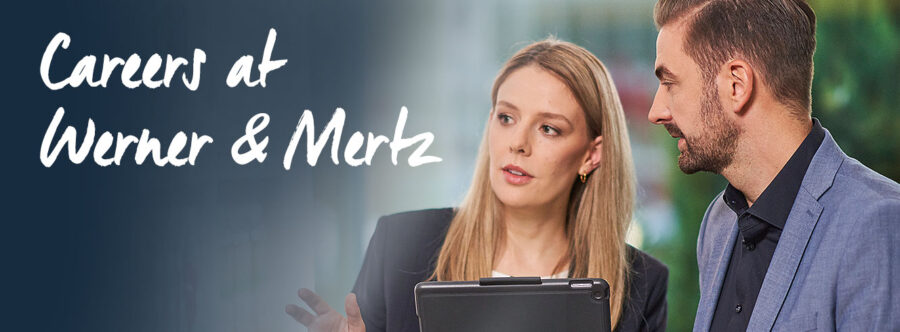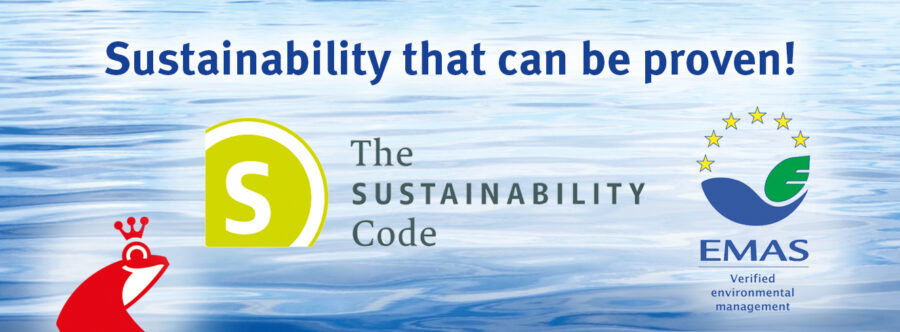The red Frosch: Glow up for a Mainz landmark
Corporate logo, Mainz landmark, industrial monument, illuminated sign, advertising sculpture, plastic figure
All that and more is represented by the 3.8-meter-high red Frosch from the long-established company Werner & Mertz of Mainz. We are pleased that the illuminated advertising figure, which is unique in Europe, is so important to the company, the city and historic preservation authorities.

On 2 July 2024, Werner & Mertz owner Reinhard Schneider unveiled the meticulously restored crown-wearing Erdal-Frosch at a celebration attended by Rhineland-Palatinate State Minister of the Interior Michael Ebling. The frog prince can be seen from afar at its new location on a tower with a glass facade near our headquarters on Rheinallee.
The red frog—the corporate logo of Werner & Mertz
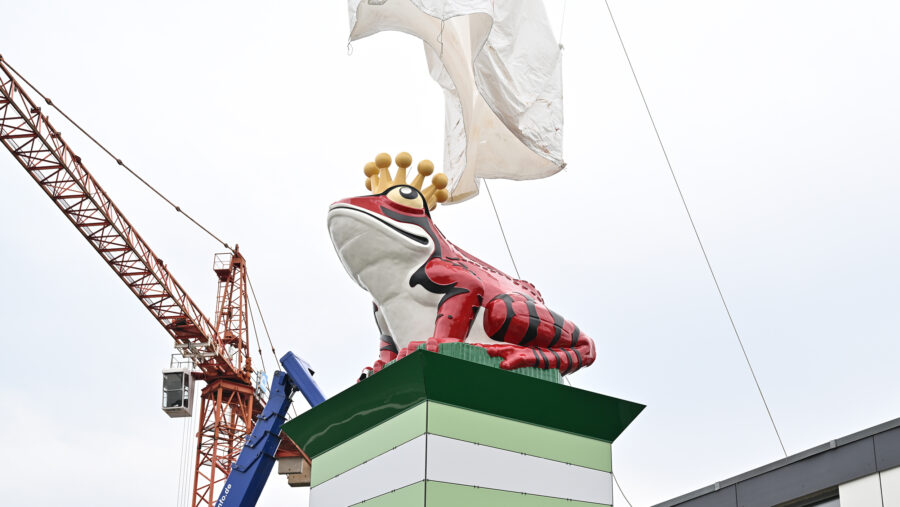
The venerable company Werner & Mertz of Mainz has been in business for more than 150 years and the red frog prince its trademark for more than 100 years. In the beginning, it was the logo of Erdal brand shoe polish; for many decades it has been the corporate logo for the entire corporate group.
The years-long complex restoration of the historic frog and the decision to put it near the head offices of our company are unmistakable declarations of the loyalty Werner & Mertz has for its location. The message is clear: We remain true to Mainz and will continue to be an attractive employer that produces integrally sustainable products locally.

„It’s a pleasure for me to see our landmark in its new splendor and to realize that more than ever, our traditional mascot stands for today’s and tomorrow’s sustainable values of quality, trustworthiness and, not least of all, the exemplary handling of our natural resources in a functioning circular economy,“
says Werner & Mertz owner Reinhard Schneider.
Where did the frog prince come from?

The company was founded in 1867 as the wax wares factory “Gebrüder Werner” in Mainz on the Rhine. As early as 1903 the frog adorned Erdal shoe care products made by our company. At that time it was customary to link the wordmark with an eye-catching symbol. The well-known and popular fairy tale figure of the Frog Prince was chosen. At first the frog prince was a life-like green. That changed after a couple of years. When raw materials were unavailable during World War 1, companies were compelled to deliver substitute goods. After the war when it was again possible to deliver goods in their original quality, management thought that products with the green frog had lost their appeal. So in 1918, the color of the brand logo was changed to red. It was a great success! Since then the red frog has accompanied us—first only as the Erdal logo and then later as part of the Werner & Mertz company logo.
Illuminated advertising—a genuine Mainz landmark
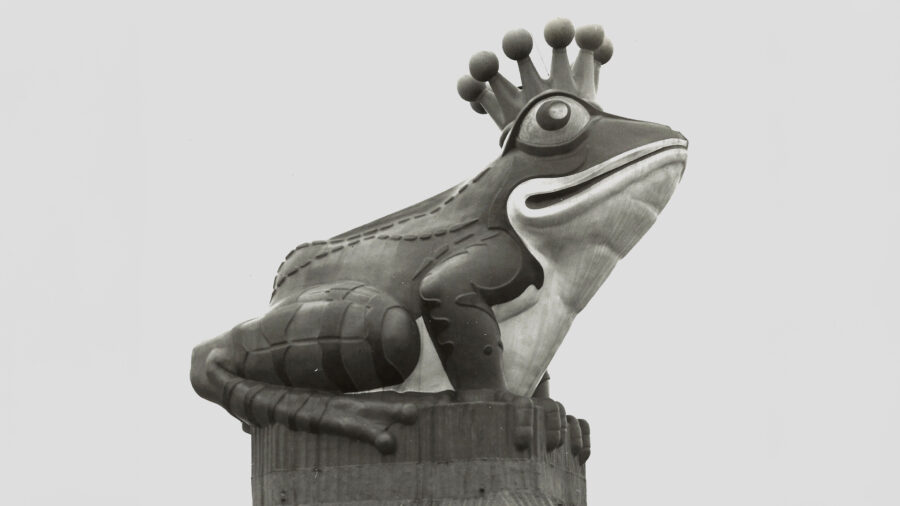
“It is the largest plastic creature in the Federal Republic and will be placed on a high tower and will be illuminated from within at night to advertise a product made in Mainz,“ according to the Allgemeine Zeitung of Mainz in 1960. The illuminated advertising unique in Europe quickly became a Mainz landmark. The Mainz-based Werner & Mertz has more than 1,100 employees throughout Europe, about 800 of whom work in Mainz.
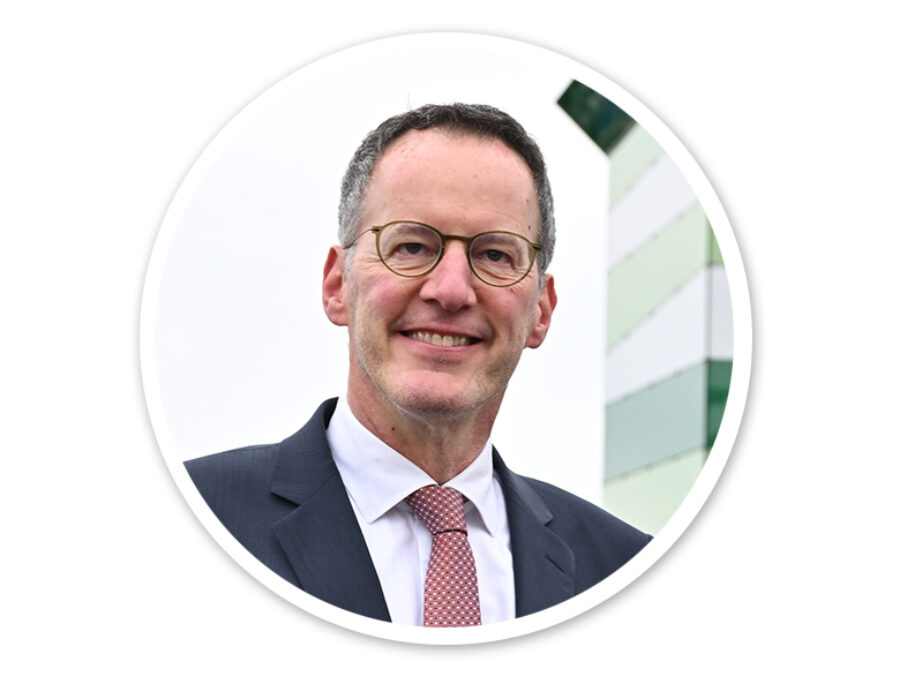
„The Erdal-Frosch is not just a distinctive landmark but also a symbol of the innovative strength of Werner & Mertz and its enduring commitment to environmental protection. This historic monument stands for 150 years of corporate history marked by ecological responsibility and economic progress. I am delighted that we could support the restoration of the frog figure with state funds for the preservation of monuments. Now the Frosch shines again and remains a proud ambassador for Mainz and Rhineland-Palatinate,“
says Minister of the Interior Michael Ebling.
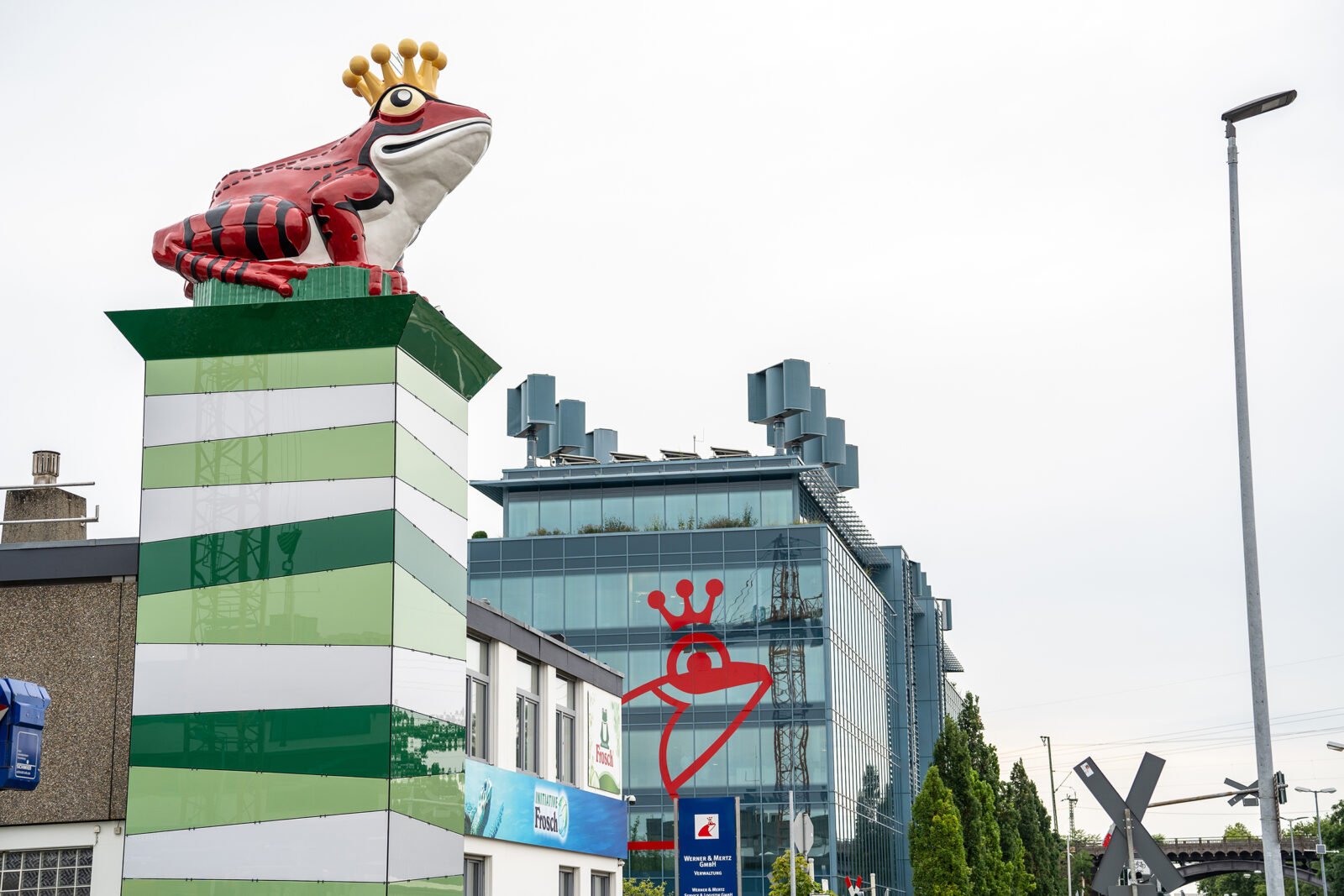
- Constructed: 1959
- Height: 3.8 meters
- Weight: 8.5 tons (with concrete base)
- Material: Glass-reinforced polyester
- Purpose: Illuminated advertising
- Original site: Werner & Mertz factory grounds (1960-2019) on Frosch tower
- Restoration: 2019-2024
- Financial support from the state of Rhineland-Palatinate: 50,000 EUR
- Financing by Werner & Mertz during restoration from 2019 to 2024: 500,000 EUR
- Official unveiling of the Frosch: 2 July 2024
- New site: A tower with glass facade on Rheinallee, close to Werner & Mertz premises
The restoration plans—unique in Europe
The Frosch illuminated advertising, which is unique in Europe, presented several challenges for the restoration. For one, monument conservation specialists had no experience with such a sculpture.The team had to develop methods for cleaning and protecting the frog figure.
Condition of the frog prior to restoration:
- Loss of wall thickness
- Damage caused by weather
- Minor delamination (separation of layers within a wall)
- Cracks in the material
- Some lichen and moss on the figure’s surface
- Faded and flaking coats of paint
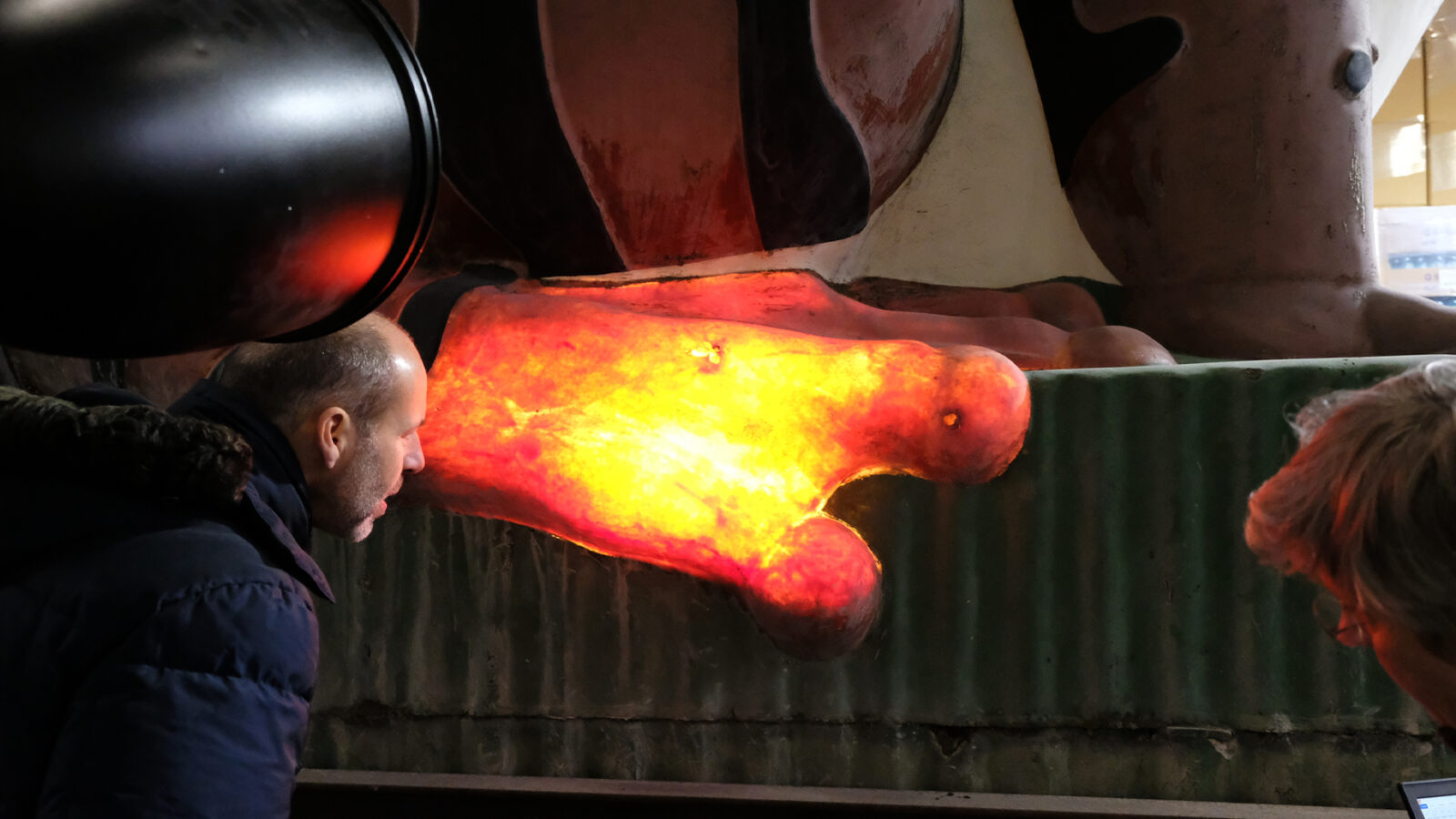
Methods used to check the figure’s substance:
- visual inspection and radiation with halogen lamps
- defect testing and wall thickness inspection with mobile ultrasonic wall thickness gauge
- wall thickness measurement with magnetic measuring device
- damage and wall thickness inspection with Ultrasonic Phased Array and Total Focusing Method (TFM)
- failure analysis by means of active thermography
- analysis of paint by means of infrared spectroscopy
Work steps in restoring the frog:
- Cleaning
- Repairing flaws
- Restoration of the concrete base
- Complex installation of modern, energy-efficient lighting
- New paint applied to an intermediate layer in order to retain the original paint
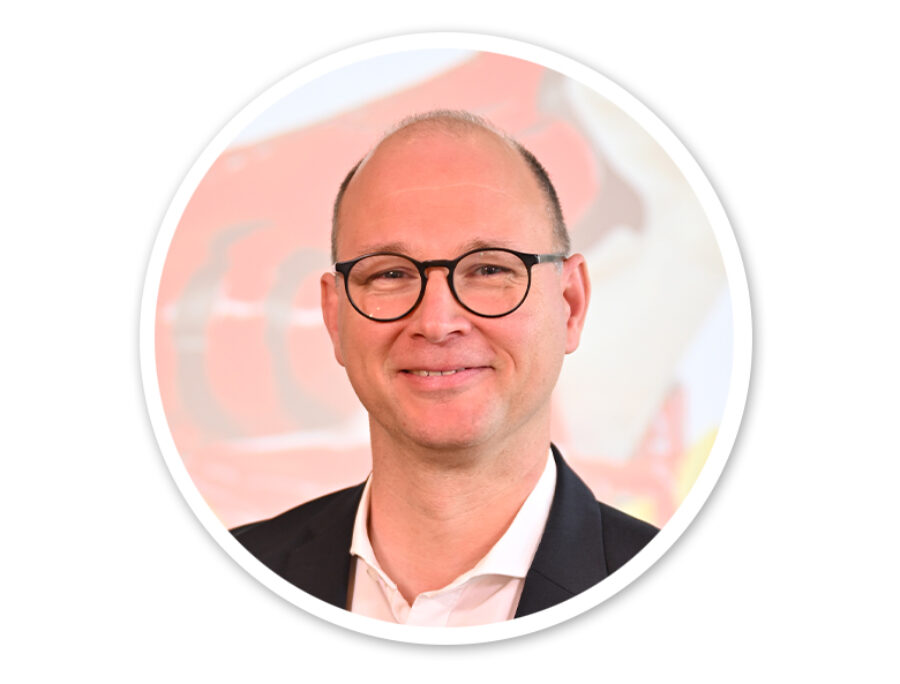
„I am happy that we, as GDKE State Landmark Conservation, with our advice and funds, could help to restore an unusual protected illuminated advertisement, which is one of Europe’s oldest, and to return a landmark to Mainz,“
says State Conservator Markus Fritz-von Preuschen.
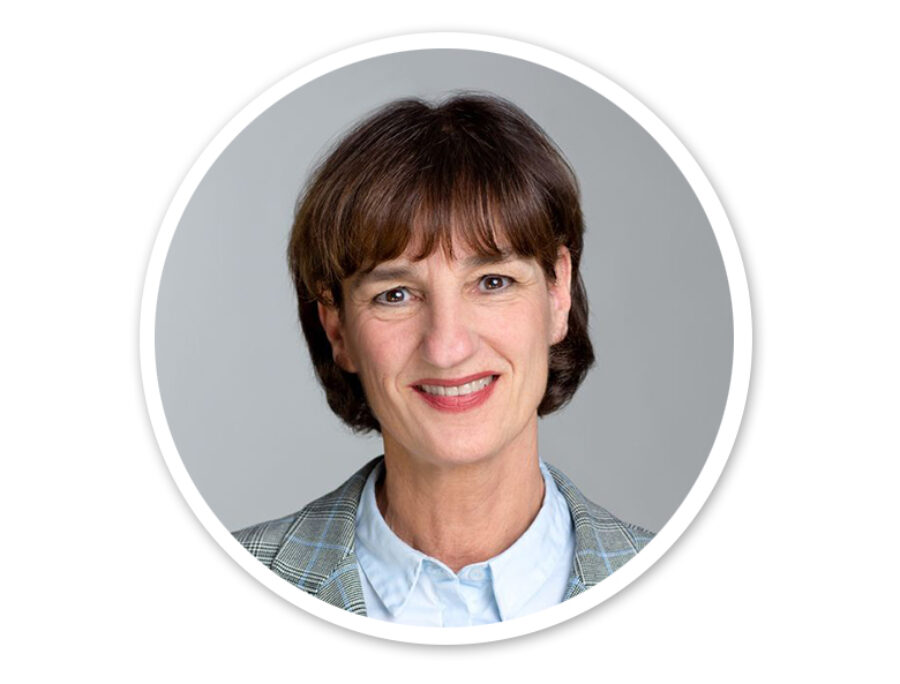
„The historic Frosch illuminated advertising for Mainz-based Werner & Mertz enriches the varied monument landscape of the state capital in a special way. It is among the few backlit advertising sculptures from the federal territory in the post-war era that have survived (e.g., the Dortmund-Union-U from 1968). What’s so special is the preserved connection with the industrial plant along with the enthusiasm of company management and workforce for ‘their’ frog, ‘their’ cultural monument. All of that contributes to what we hope will be long-lasting preservation of this glowing advertising medium,“
says Alderwoman Marianne Grosse from the Mainz Buildings Department.

„We presume that with regular maintenance, the frog will long remain a cultural monument and a landmark for the City of Mainz,“
says Prof. Dr. Friderike Waentig.
The restoration story as told by Prof. Dr. Friederike Waentig
The Frosch was lifted onto the former hose tower used by the factory fire brigade on 25 October 1960 and remained there until 28 November 2019. Over the course of several decades, the environmental impact resulted in soiling on the surfaces and fading of the paint colors. Sixty years after the figure’s installation, many changes could be seen.
Besides the dirty surfaces, which were covered in part with lichens and moss, the paint coat that had been renewed in 1984 was only partially there as a faded and flaking layer. Because the figure had been subjected to modifications and 60 years of exposure to the weather, the thickness of the covering layer was uneven. Systematic wall thickness measurements, carried out by Prof. Dr. Marc Kreutzbruck of the Institut für Kunststofftechnik at the University of Stuttgart, showed that the former wall thickness of 6 mm had been reduced slightly, mostly on the frog’s back.
To conserve the Frosch in a way befitting its status, it was first cleaned inside and out with a vacuum washing procedure in which no additives such as wetting or cleaning agents were used. Removing the paint coating from the 1980s was a problem because the paint, an alkyd resin and the Frosch, an unsaturated polyester resin, had the same dissolving paramter so that removal with a solvent was possible only to a certain extent. A series of tests showed that the best results could be achieved if we caused the upper paint layers from the 1980s to swell by using compresses and solvent pastes we made ourselves and then reducing them mechanically.
Once the surfaces had been cleaned, conservators saw on the area devoid of paint many large and small holes or flaws that had to be filled or repaired. In addition, a protective coating had to be put on the weathered surface and the partially exposed fiberglass. Painting the entire surface was the only way to preserve and exhibit the Frosch outdoors after the restoration. However, the protective coating and colored paint had to meet monument preservation requirements, one of which was that their application had to be reversible.No outdoor paint meets the requirements for weather resistance and preservation of the frog figure. Consequently, we chose a paint from the automotive sector and installed a separating layer between the original surface and applied irreversible colored paint on what is called a “sacrificial layer”. That layer made from a coating has been tried and tested in restoration and conservation projects in the past. Most of the holes were closed up and the substance was reinforced with this coating. The topcoat was applied in several layers in order to create a sufficient coating thickness.
In the preliminary painting stages, the compatibility of the sacrificial layer and the topcoat was tested and the irreversible paint was checked for its resistance to ageing when exposed to ultraviolet rays. The paint was produced by a specialized paint expert. We presume that with regular maintenance, the frog will remain a cultural monument and a landmark for the City of Mainz for many decades to come.
